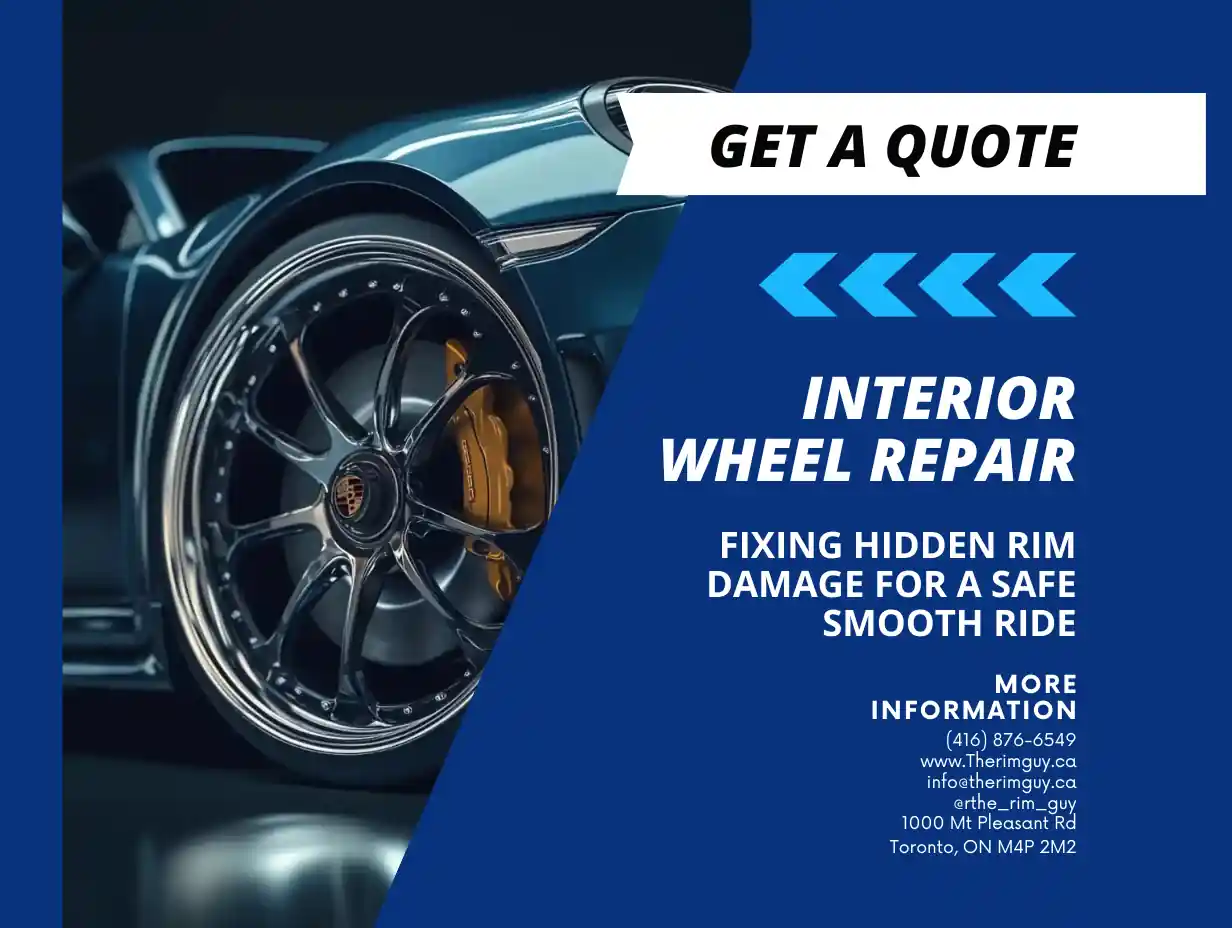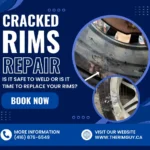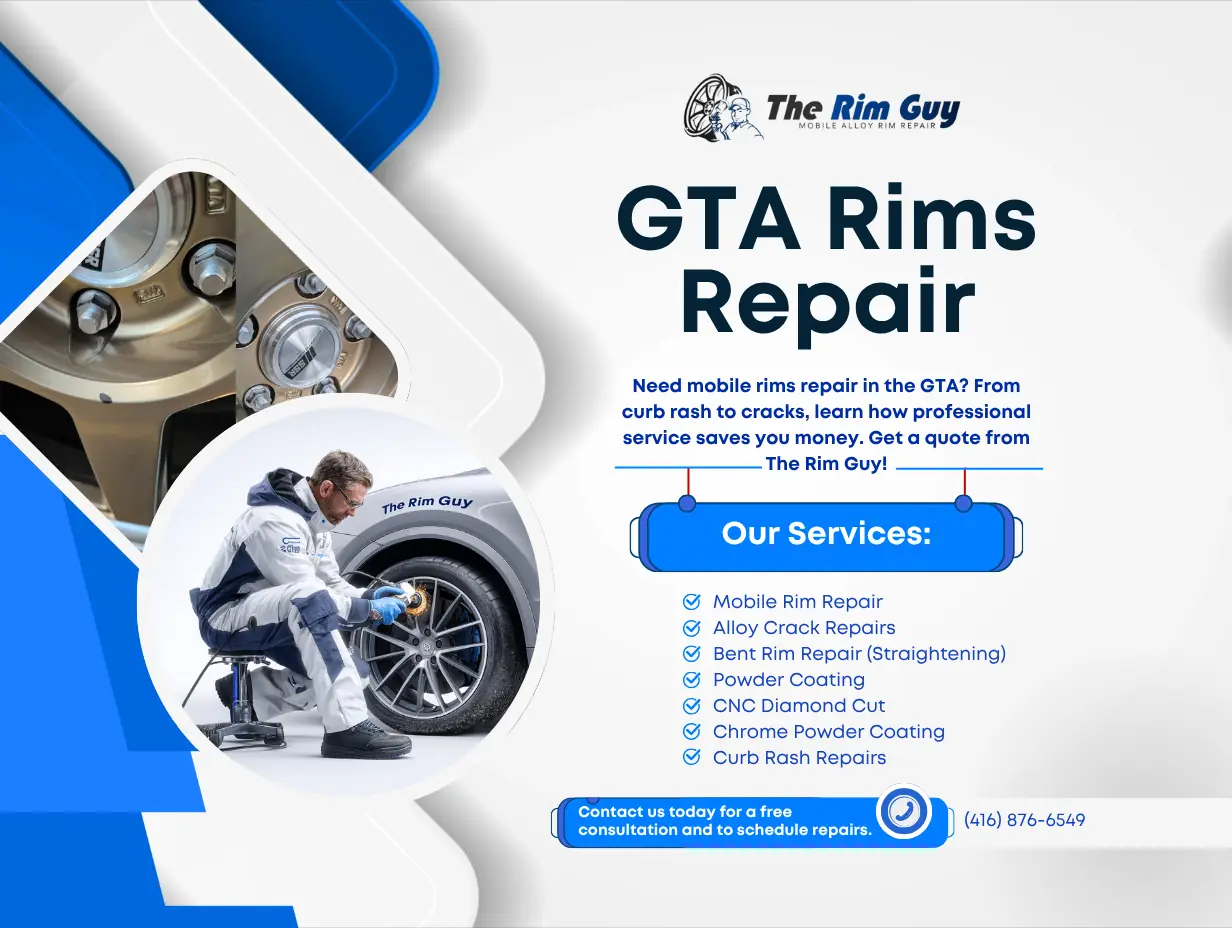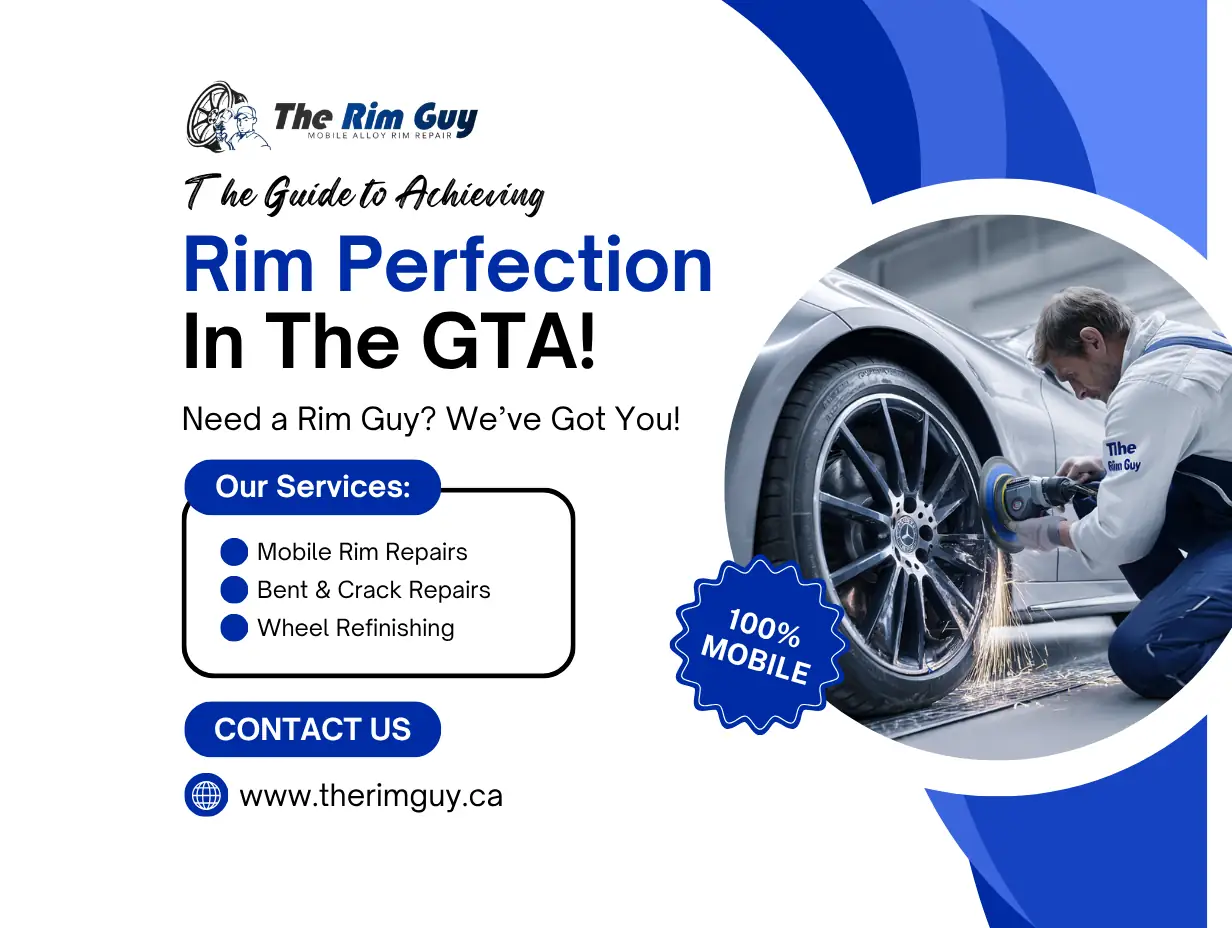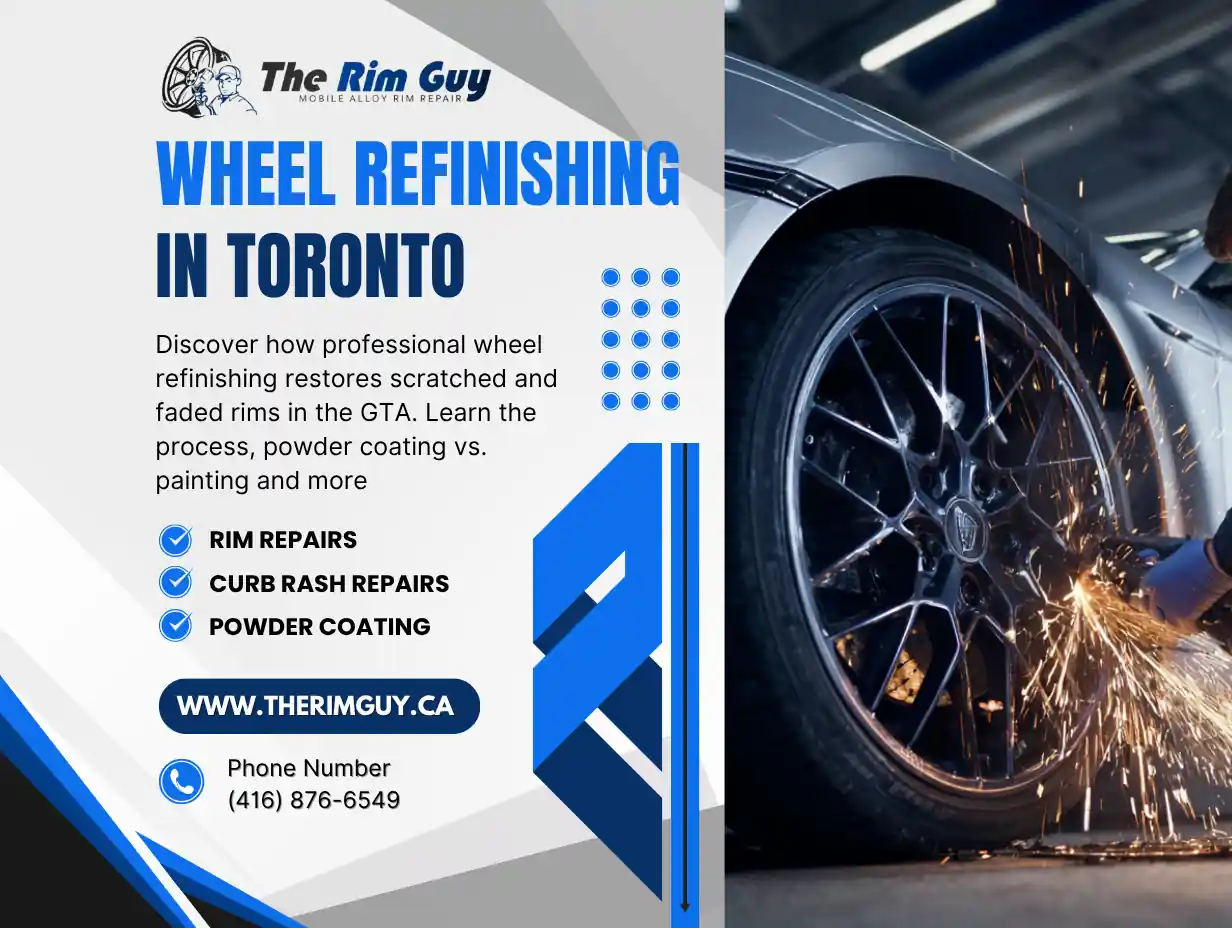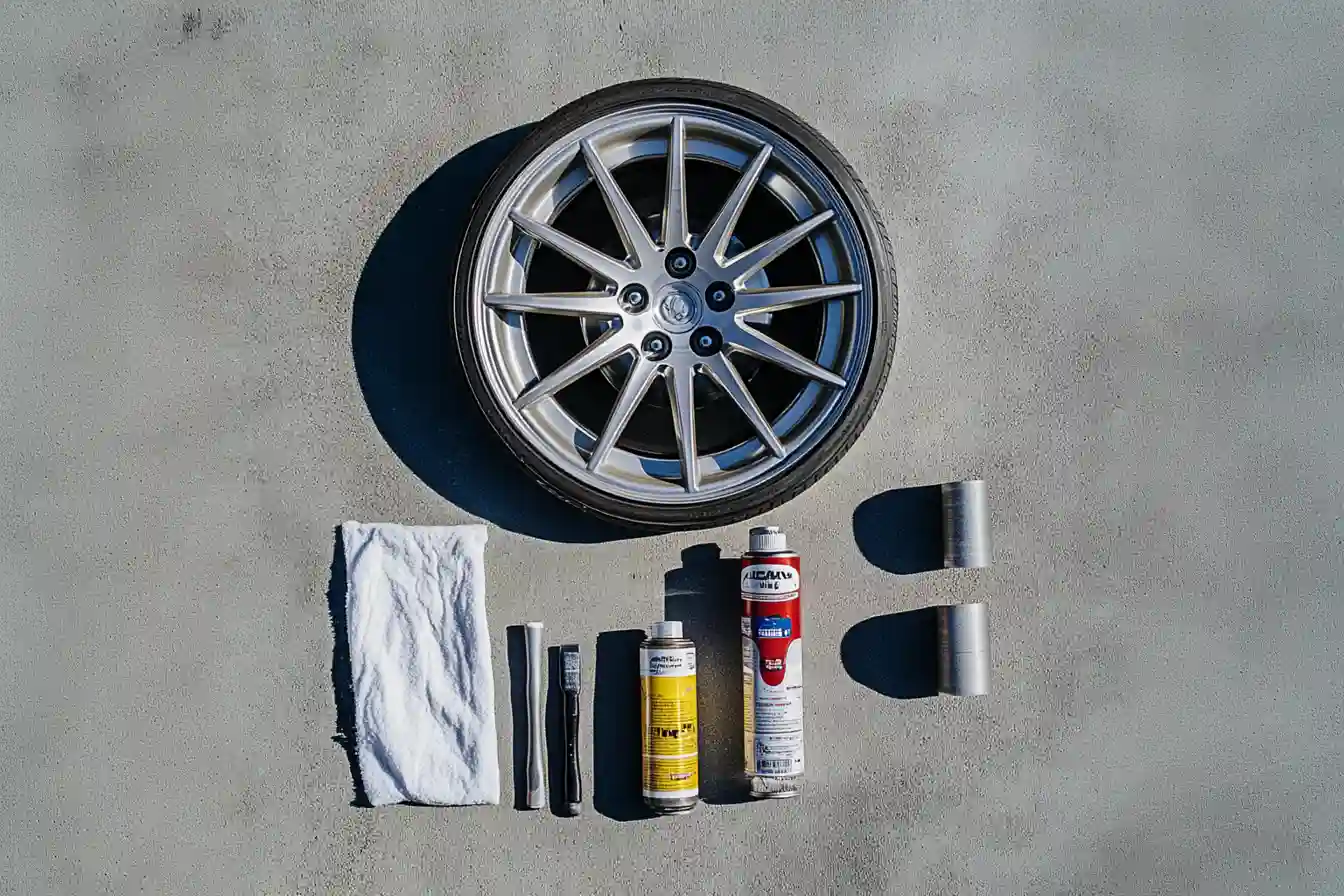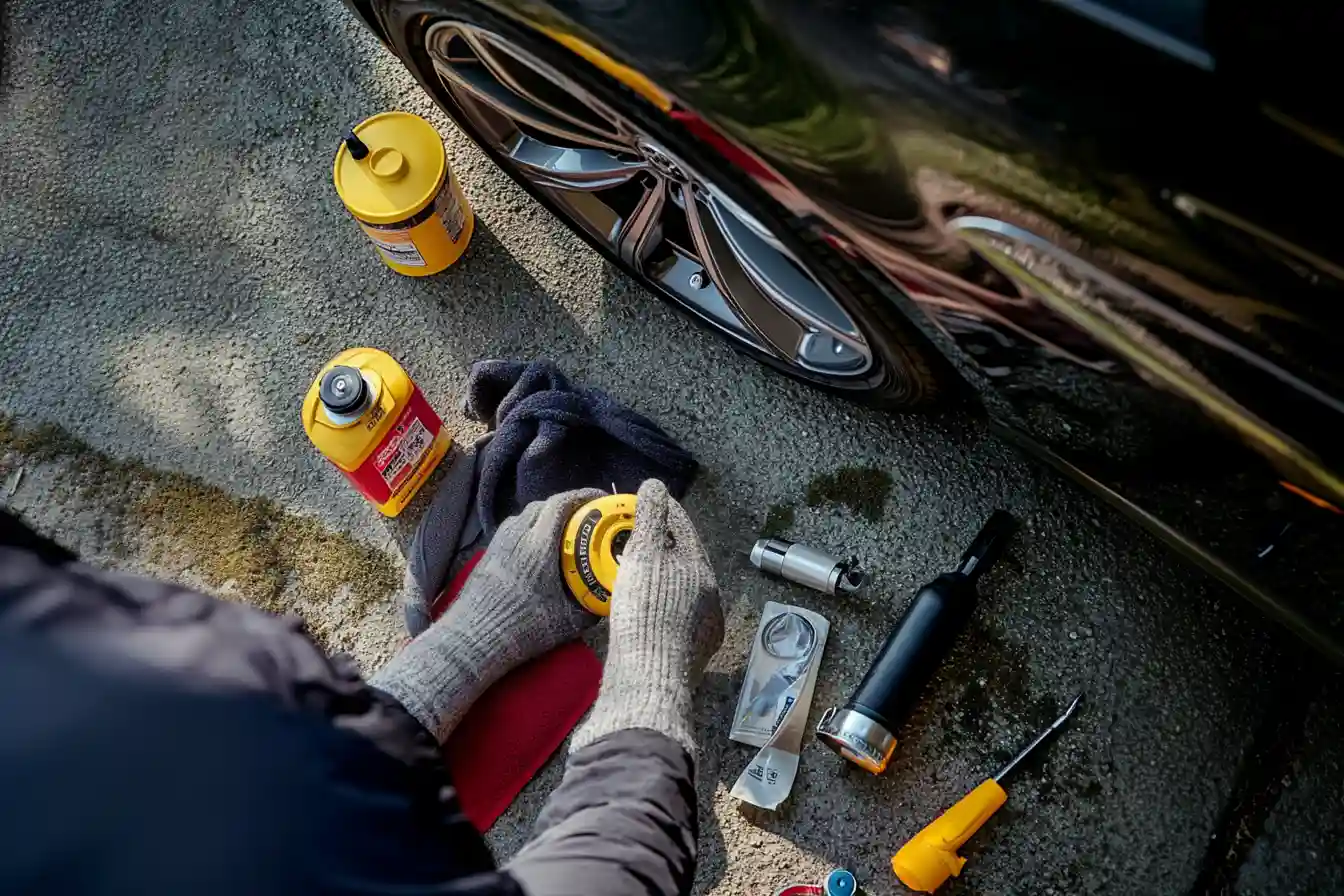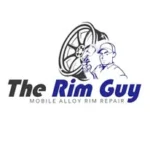When you think of wheel damage, you might picture scratches, scuffs, or curb rash along the outer edge of a rim. However, some of the most concerning issues occur where you can’t easily see them: inside the wheel’s interior barrel. This kind of damage can result from potholes, road debris, or even normal wear and tear over time. While seemingly “out of sight,” this hidden damage can significantly impact your vehicle’s safety, ride comfort, and long-term health.
In this comprehensive guide, we’ll explore the concept of interior wheel repair, including how to identify hidden rim damage, the repair options available, and why professional intervention is often crucial. We’ll also discuss practical tips for maintaining wheel integrity and preventing future issues. Whether you’re experiencing mysterious vibrations or simply want to ensure a smooth ride, this article will help you address those hidden concerns head-on.
1. What Is Interior Wheel Damage?
Unlike external scrapes or curb rash, interior wheel damage affects the inner barrel of the rim—the side facing the vehicle, not visible from a typical exterior vantage.
Common Causes:
- Potholes and Road Debris: Sudden, forceful impacts can bend the interior of the wheel, often without affecting the outer rim.
- Undetected Fatigue: Over time, repeated minor impacts can weaken the metal from the inside out.
- Corrosion and Rust: In regions with salted roads or high humidity, corrosion may develop on the wheel’s interior surface.
Real-World Example:
A driver noticed a slight wobble at highway speeds. A routine inspection showed no curb rash or external damage, but a bent interior rim was discovered once the wheel was removed and inspected thoroughly.


2. Why Interior Wheel Repair Matters
Ignoring hidden wheel damage can have serious consequences:
- Compromised Safety: A bent or cracked interior rim can affect handling and braking performance.
- Excessive Tire Wear: Even minor bends can cause irregular tire contact with the road, leading to faster wear.
- Poor Fuel Efficiency: Misaligned wheels or extra rolling resistance can reduce your vehicle’s MPG.
- Potential Blowouts: Undetected cracks that worsen over time could lead to a sudden loss of tire pressure.
| Issue | Potential Outcome | Long-Term Risk |
|---|---|---|
| Handling Disruption | Less precise steering | Higher accident risk in tight corners |
| Uneven Tire Contact | Irregular tread wear | Reduced tire life and performance |
| Structural Weakening | Risk of sudden failure | Blowout at high speeds, major accidents |
Tip: A slightly bent interior rim may feel like an unbalanced wheel—if your steering wheel vibrates or the car pulls unexpectedly, interior damage could be the culprit.
3. Identifying Hidden Rim Damage
Spotting interior wheel damage often requires more effort than a quick walk-around. Here are some diagnostic methods:
- Vibration Analysis: Pay attention to vibrations through the steering wheel or seats at certain speeds.
- Tire Inspection: Look for unusual wear patterns on the inner edge of your tires.
- Professional Balancing and Alignment Checks: A mechanic’s balancing machine can detect irregularities in wheel shape.
- Visual Inspection (Wheel Removal): Taking the wheel off and inspecting the inner rim surface is the most direct way to confirm hidden damage.
Practical Tip: If you experience recurring vibration or alignment issues that aren’t resolved by standard balancing, it’s time to inspect the wheel’s interior.
4. DIY vs. Professional Interior Wheel Repair
When it comes to interior wheel repair, the do-it-yourself route is typically limited to superficial issues. More severe damage demands the expertise of professionals.
Bullet Points: DIY Possibilities
- Minor Debris Removal: Surface corrosion or light rust can sometimes be sanded away and sealed.
- Cosmetic Touch-Ups: Superficial paint scratches inside the rim.
Why Pros Are Usually Necessary
- Specialized Equipment: Hydraulic presses, wheel-straightening machines, and precision tools are often required.
- Safe Welds: Repairing cracks in aluminum or alloy wheels usually involves TIG welding, which demands proper training.
- Accurate Diagnostics: Only a professional can confirm if the wheel is still structurally sound.
Real-World Example:
A car owner attempted to heat and hammer a bent rim back into shape. The rim appeared straighter at first, but microcracks formed during the process, leading to a dangerous blowout.
5. Step-by-Step Professional Repair Process
While each shop may have its own variations, professional interior wheel repair generally follows these steps:
- Wheel Removal & Inspection: The tire is taken off, and the entire rim is evaluated for bends, cracks, or corrosion.
- Measuring & Marking: Technicians measure out-of-round areas and mark damaged spots.
- Straightening Procedure: A specialized hydraulic press or roller machine gently reshapes bent sections.
- Welding & Grinding (If Needed): Cracks are welded using TIG or MIG welding, then ground smooth.
- Refinishing & Balancing: The interior surface is refinished or powder-coated if necessary, then the wheel is balanced and reinstalled.
| Repair Stage | Key Action | Expert Insight |
| 1. Inspection | Check entire wheel for hidden damage | Includes digital or laser measuring devices |
| 2. Marking Damage | Identify bent sections or cracks | Precision is crucial for accurate repairs |
| 3. Straightening | Use hydraulic press to reshape the rim | Gradual force applied to avoid creating new cracks |
| 4. Welding & Grind | Fix fractures, smooth welding seams | Aluminum alloys often require TIG welding |
| 5. Refinishing | Sanding, painting, or powder coating | Maintains aesthetics & prevents further corrosion |
Practical Tip: After repair, high-speed balancing and a thorough road test help confirm that the wheel is restored to optimal performance.


6. Cost Factors in Interior Wheel Repair
Pricing varies based on wheel size, type of alloy, and severity of the damage, but here’s a rough guide:
- Minor Bend Straightening: $75 – $150 per wheel
- Crack Welding & Refinish: $150 – $250 per wheel
- Severe Structural Damage: $250+ per wheel (sometimes replacement is more cost-effective)
Additional Table: Cost Breakdown Examples
| Damage Type | Estimated Cost | Notes |
| Slight Bend, No Crack | $75 – $100 | Quick press fix if metal fatigue is minimal |
| Multiple Bends or Welds | $150 – $200 | Additional labor & welding supplies |
| Powder Coat Interior | $100 – $200 extra | Preserves the wheel’s finish & integrity |
| Replace vs. Repair | Varied | If damage is extensive, replacement may be cheaper |
Tip: Always compare quotes from multiple repair shops, and consider a replacement wheel if repair costs approach or exceed half the cost of a new rim.
7. The Role of Wheel Material
Not all wheels are created equal. Different materials require different repair techniques:
- Aluminum Alloy Wheels: Common in modern vehicles; easier to bend but also easier to straighten if caught early.
- Magnesium Wheels: Lighter and pricier; specialized welding techniques may be needed.
- Steel Wheels: Heavier but more resistant to bending; easily repaired if not heavily corroded.
Practical Tip: Confirm your wheel material before seeking repairs—magnesium alloys might require a shop with very specific expertise.
8. Preventing Future Interior Wheel Damage
Once you’ve repaired or replaced your rim, safeguard against future interior damage:
- Avoid Potholes and Rough Roads: Slow down or change lanes safely to bypass large potholes.
- Check Tire Pressure: Underinflated tires are more likely to damage rims on impact.
- Use Seasonal Tires: In snowy climates, dedicated winter tires reduce harsh impacts.
- Regular Wheel Balancing & Alignment: Prevent misalignment that can aggravate minor damage.
Bullet Points: Maintenance Musts
- Inspect your wheels at least once a month.
- Clean and dry rims thoroughly to prevent corrosion.
- Rotate tires regularly to distribute wear evenly.
9. Real-World Examples and Case Studies
- The Commuter: A driver battling daily potholes eventually discovered mild interior bending on both front wheels. After a professional press and minor welding, the vibrations vanished, and tire wear stabilized.
- The Racer: A track-day enthusiast dinged an interior rim on curbing. Immediate professional repair and re-balancing maintained optimal handling for future race events.
- The Classic Car Collector: A vintage steel wheel suffering interior rust got sandblasted, welded, and refinished. Original aesthetics were preserved, increasing the car’s value.
Thought-Provoking Example:
A rideshare driver encountered persistent vibrations at low speeds. Multiple alignments offered no relief. Only when a mechanic removed all four wheels was an egg-shaped bend on the interior of the rear rim discovered.
10. Making an Informed Decision
Understanding the importance of interior wheel repair can mean the difference between a safe, smooth drive and ongoing, costly issues. By recognizing signs of hidden rim damage early, you can address problems before they escalate—potentially saving you from expensive tire replacements, poor fuel economy, or even dangerous blowouts.
Key Takeaways:
- Prioritize professional evaluation if vibrations or tire wear persist.
- Consider your wheel material and the severity of damage when choosing between repair and replacement.
- Proactive maintenance, such as proper inflation and regular inspections, is your best defense against hidden damage.
If you want to learn more about wheel integrity and safe driving practices, check out Motor Trend’s Wheel Safety Guide for expert insights. When you’re ready for professional interior wheel repair, trust therimguy.ca to get the job done right—ensuring both your peace of mind and a smooth, stable ride.

